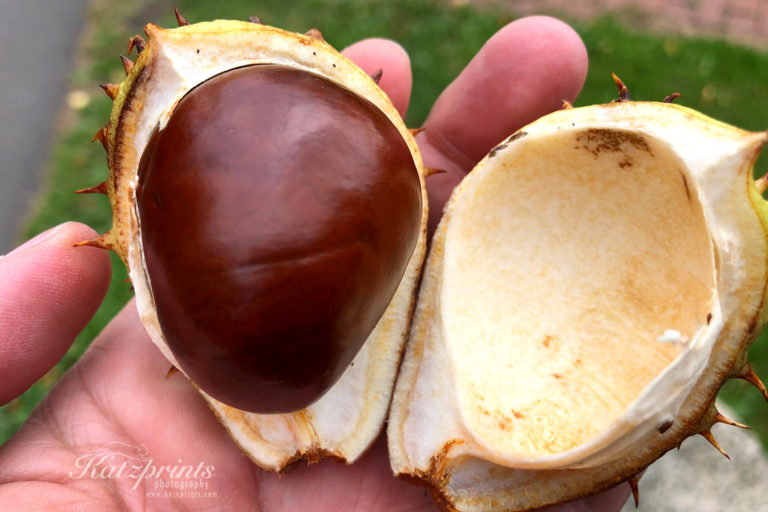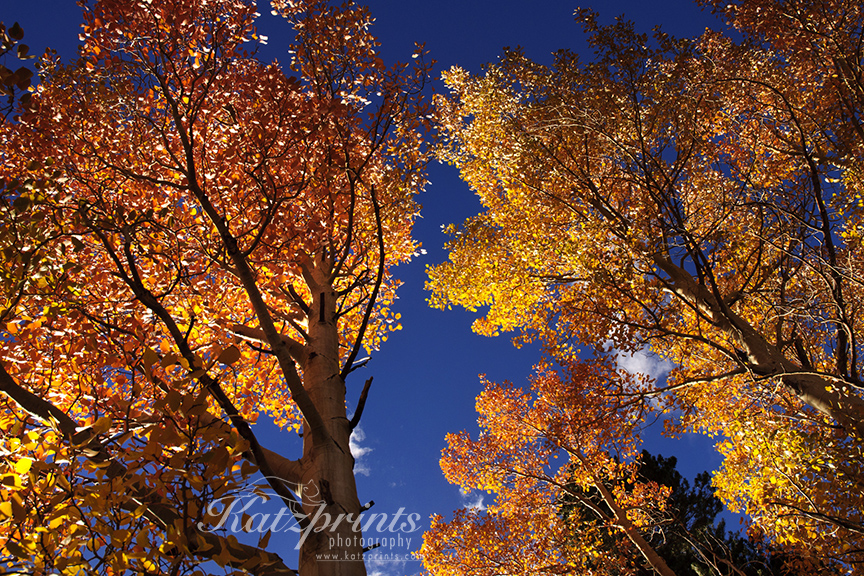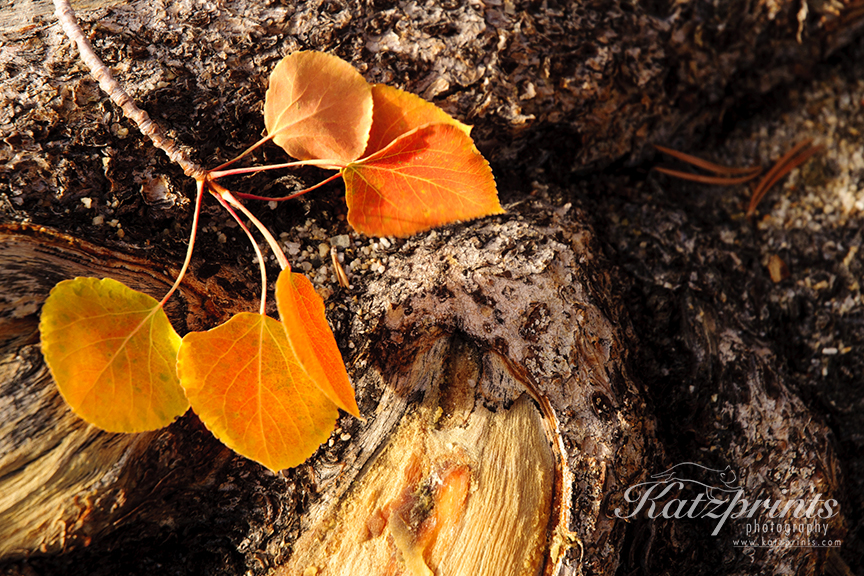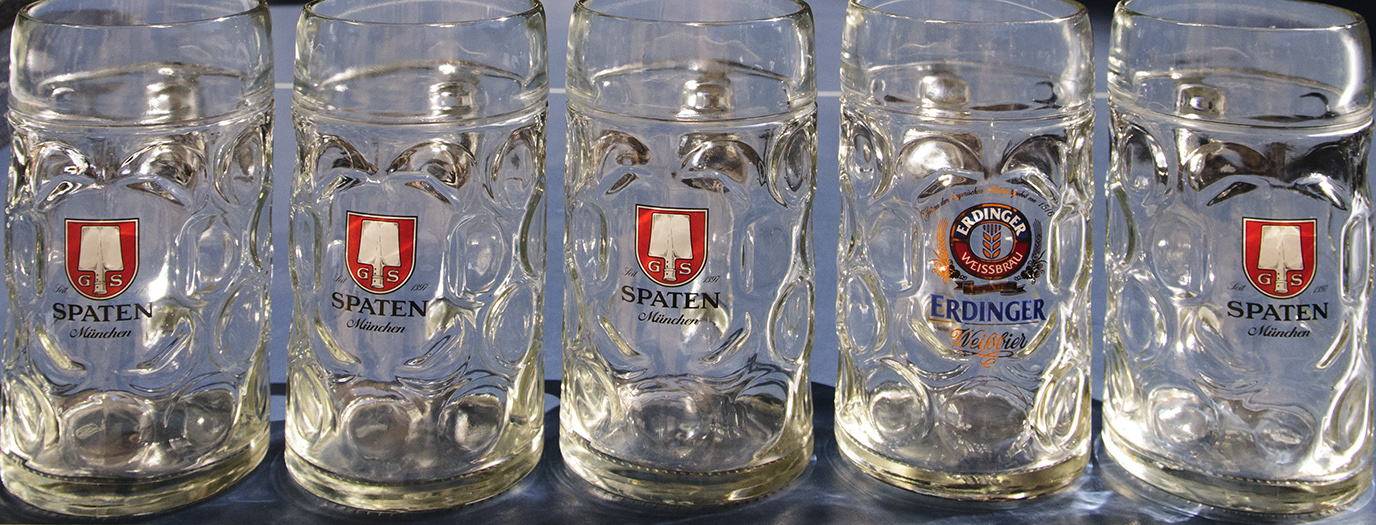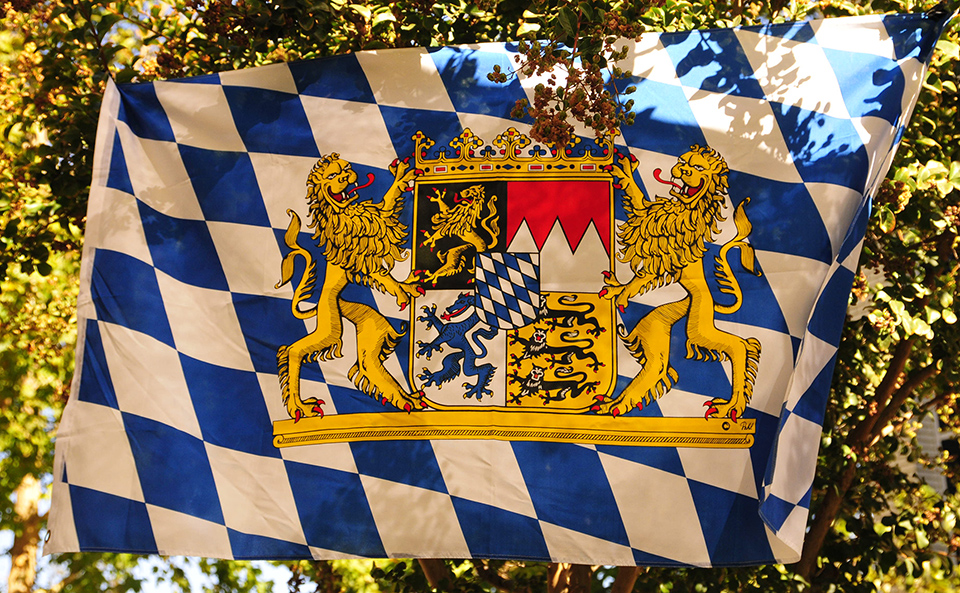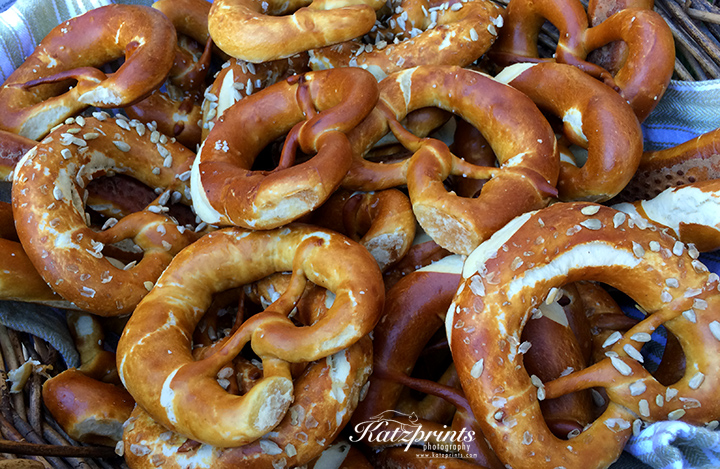During my recent trip to Germany I visited the Alte Land, a beautiful sleepy region near Hamburg. This marshland stretch along the river Elbe is famous for its half-timbered houses and endless orchards. It is also Northern Europe’s biggest contiguous fruit-producing area, and apple harvest was in full swing. Farm stands offered a wide variety of apples and related products like apple spirits or freshly baked cakes. Even my bed-and-breakfast was on the bandwagon and offered delicious cold-pressed apple juice from the neighboring farm.
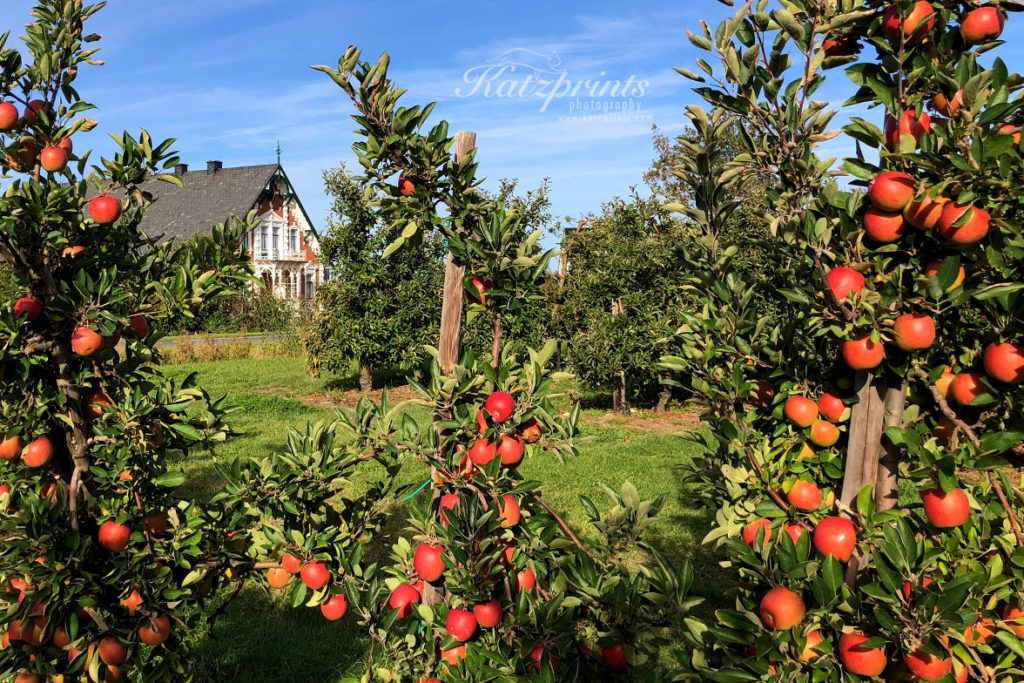
Where can we go to get our fix of fresh apples in the extended Bay Area, you might ask? While wine has largely taken over areas that used to be producing cherries and apples, there are still some great places to discover.
Please note that some of these farms mentioned below do not allow dogs or outside food. Make sure to check their websites before you go. I am planning to visit at least one of the farms this weekend 🙂
Apple picking from Watsonville to Sebastopol
My favorite place to pick apples is just north of Davenport at Swanton Pacific Ranch. This little u-pick orchard operated by Cal Poly University has a nice variety of apples (some of which are unusual) and a low-key vibe. During some visits, we have had the place to ourselves; during others, we enjoyed seeing families with little kids picking apples and then picnicking on the property. Since this is not a big orchard, the picking season often ends earlier than in other locations. I believe this might be the last weekend to go, but best to check their website.
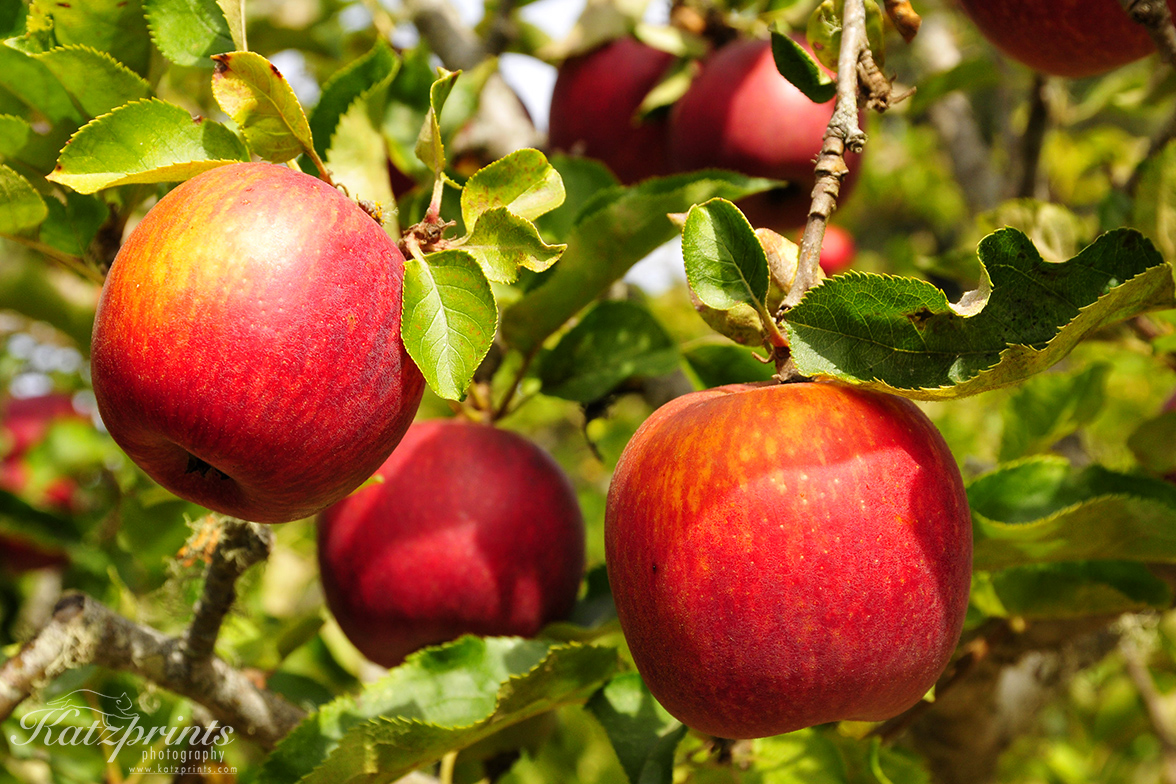
A popular place to visit is Gizdich Ranch in Watsonville. Gizdich has a lot to offer (and is therefore sometimes quite crowded), from their famous fresh pies to jams to freshly pressed juices, an antiques shop, nice picnic grounds, and u-pick opportunities. Check their website for more information.

Other orchards in the Watsonville area are Clearview Organic Orchards and Live Earth Farm. Clearview’s season of weekend apple picking usually goes till the end of October. This friendly family farm also offer squashes, local honey, lavender, apple butter, and baked goods on the premises. Find more information here. Live Earth Farm is an organic CSA (Community Supported Agriculture) farm. They have special weekends dedicated to specific varietal picking. Check their schedule for the next apple picking dates. They have a nice farm stand on the premises and currently also a pumpkin patch.

One of the original fruit areas of Northern California was located around Sebastopol. While a lot of the original orchards have been converted to vineyards, there are some reminders – like the annual Apple Blossom Festival and Gravenstein Apple Fair – that this once was a prime apple-growing region. Here are some farms you can visit while in the area: Gabriel Farm (membership is required for this CSA, please check their website) and Apple-A-Day Ratzlaff Ranch (long picking season, picnic tables, award-winning juice).
More apple-y stuff
My favorite, favorite, favorite apple is the Cox Orange Pippin. We even planted a tree in our backyard despite the fact that San Jose has nowhere near the climate this apple likes. This year, the little tree delighted us for the first time ever with not the usual 2 apples but some 30 or so! In the end, we still only got 2 because a mob of irreverent squirrels looted the tree long before harvest time. They just gnawed their way through the netting… There is ONE farm I know of that sells Cox Orange and that unfortunately is a bit of a drive up north. But whenever I am up in Anderson Valley, I make sure to stop at the Gowan’s Oak Tree farm stand. This 100+ year old farm along Highway 128 offers an incredible variety of apples as well as cider, peaches, and plums. This is not a u-pick destination. Also in Philo and close to Gowan is The Apple Farm. Here you can peruse the farm stand but also rent cottages or book one of their Stay & Cook packages.
Liquid apples
Finally, if you prefer to drink your apples, check out The Cider Junction in San Jose. Opened exactly a year ago by a fellow German from Hanover, this bistro has 26 rotating hard ciders from California and select countries on tap and offers 30 more in bottles or cans (they also have a few beers on tap). The best thing to do at the Junction is choose a flight and let your taste buds experience different fruits, regions, and alcohol levels! Just be aware that hard cider tends to go to your head, so make sure to pair it with some food. The Cider Junction offers a simple but tasty menu to make sure you are covered.

Enjoy!



